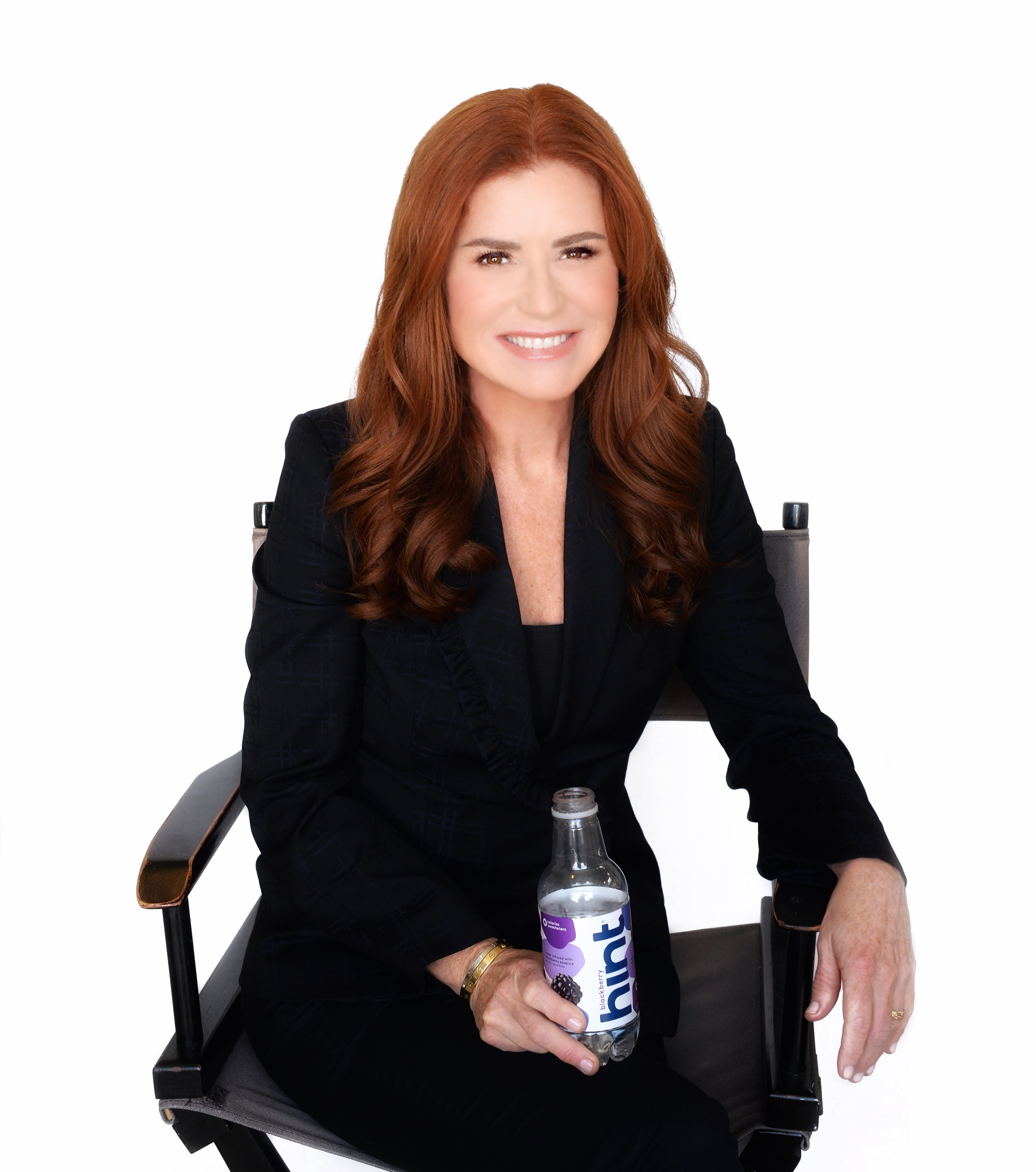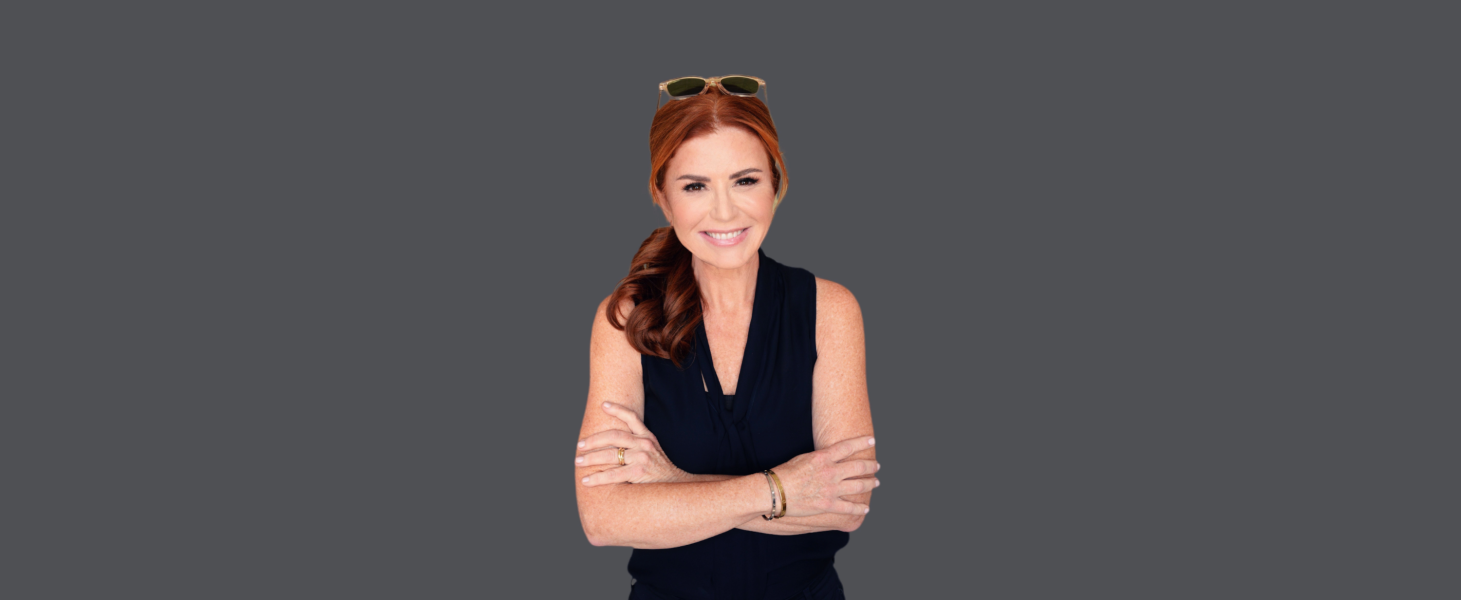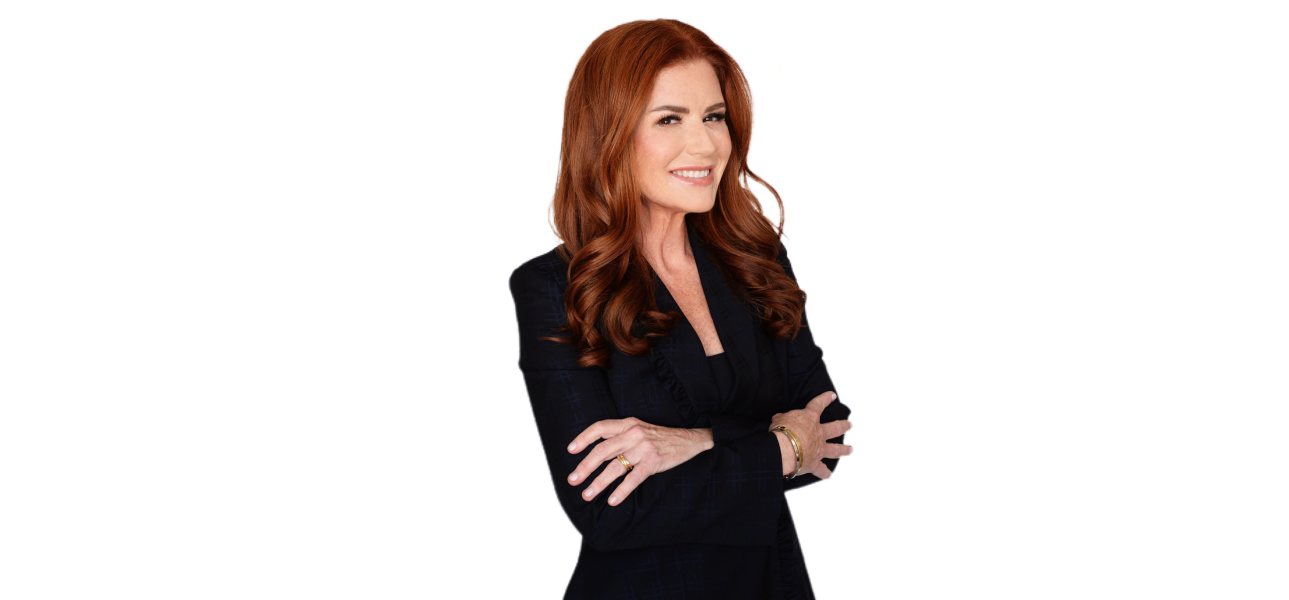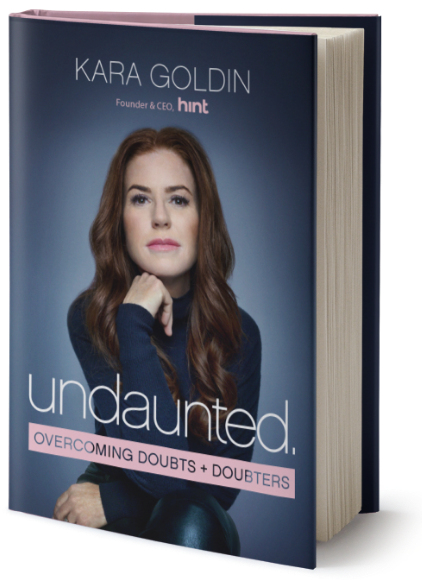The Awesome Power of Asking A Lot of Questions
·
8 minute read
·

It’s 2005. I’m hanging out at my local Whole Foods, waiting for someone to walk down the aisle who looks official – or maybe a potential customer or a sales rep to pause in front of the beverage shelves. I tap them on the shoulder and ask a question.
Or remembering back when I’m 14, working at a toy store, eyeing a parent who’s looking to buy a birthday present but isn’t quite sure what item to choose.
It’s the mid-90s, and I’m sitting across from Mickey Drexler, CEO of Gap Brands, talking about the potential of online shopping – and helping him think about how to get his company “there.”
In each of these cases, I do something that I learned very early on, something that I probably understood instinctively on some level. Asking questions. Listening. Following up with more questions. Repeating.
It’s what I call The Awesome Power of Asking A Lot of Questions.
The conversations I had with people in the aisles of Whole Foods – and I had a lot of them in the early days of Hint – armed me with more information about the beverage industry and consumer habits than possibly years’ worth of classes and focus groups. My approach was to be open and curious, but above all else, to really pay attention to what people were saying (and oftentimes what they were not saying).
Those sales reps for other beverage companies that I tapped on the shoulder? I’d introduce myself and then proceed to ask them questions about the beverage industry – about distribution or connections to people who knew how to make it happen. Honestly, some of those people politely ignored me. But many others loved to talk and tell me what they knew. I was a newcomer. Those conversations taught me the lingo, the secrets, the best practices, and most importantly, the opportunities that Big Beverage were overlooking.
I could see the confused looks on consumers faces as I asked them questions too. The occasional shopper who actually did check out the label on a product was baffled by all of the ingredients and strange additives listed on the bottle. Oftentimes those products are designed to sell a healthy perception vs healthy reality – with words like “diet” and “vitamin” on the front of the bottle – but the ingredients tell a much different story.
In 2005, when I founded Hint, I was slightly ahead of most consumers. I understood, soon after getting my first bottle on the shelf, that I was not only creating a company but also a new category in the beverage industry. Consumers didn’t know what I was talking about. “Unsweetened flavored water?”
And the grocery buyers at these retailers (who were the ones deciding if my product should be on the shelves) would ask, “What’s it sweetened with?” It was going to be a long road. Education cannot be rushed when you are developing a new category, especially when people are still trying to understand what you see as a solution to a problem.
I learned early on that asking questions to understand the customer better was the way to go. As a teen, while working at my local toy store in Scottsdale, Arizona, I honed my skill at zeroing in on what consumers wanted. When I asked customers questions, I wasn’t just interested in recommending to them something we already had for sale. I also wanted to know what we were missing. So when the owner of the store started taking me to industry fairs to help her buy the toys for the store (yes, just like Tom Hanks in “Big”), I knew exactly what kinds of products would sell. Because I knew the customer well.
And that technique, if you want to call it that, has continued throughout my career. When I was working at an e-commerce startup in the mid-90s (which eventually became the core of AOL’s shopping channel), my approach in persuading retailers was 180 degrees away from the “hard sell.” It was a process of first getting them comfortable with the concept of why they should sell online, and – knowing that this was a new idea to most of these retailers – I made sure to never make them feel stupid when I gave them my pitch. I was careful to watch and listen to them. Asking them questions about their business and working with them on their digital strategy. Most soon viewed this new sales channel as a “must.” That consultative sell was really what set my startup, and then AOL, apart.
I always brought a computer with me to client meetings so I could walk them through this new online shopping experience. In 1995, I visited Mickey Drexler, then CEO of the GAP, and he was clearly interested in this new way of selling to the customer. But when I first set up the computer on his desk, I could tell he wasn’t entirely sure what he was looking at.
“So, Kara, am I looking at TV or is this the internet?” Mickey asked.
That was a telling and not uncommon question. Really. Because it was so new to so many people. What I was showing Mickey was closer to what you would see on TV than it was to browsing the internet, which at the time was mostly text-based, non-graphical content. Mickey is one of the smartest, savviest, and most successful business executives you are likely to meet, and my presentation was set up as an ice-breaker to get into all sorts of questions about the future of his business. He knew that I was asking him questions in hopes of being able to get him comfortable enough to launch The Gap store on AOL. While that sale didn’t happen immediately, let’s just say that sometimes, big brands require a lot of questions and a long time to convince.
Present day. To satisfy my own curiosity, I started a podcast a couple years ago. It adds a couple hours to my schedule per week – and boy is it worth it! Twice a week I get to sit down with all sorts of change-makers, entrepreneurs, and thought leaders, and, yes, ask them questions. I love it. I come away from every one of those conversations on “The Kara Goldin Show” with some new idea or new perspective. It plants a seed which may not sprout tomorrow or even next week, but at some point, when I’m struggling with a problem or looking for inspiration, those answers will be there.
We tell children to be inquisitive and ask a lot of questions. Kids, after all, spend most of their time in “learning mode,” whether that’s in school, reading books, or acquiring life lessons around the kitchen table. They love asking “why” and figuring out how the world works. Unfortunately, at some point – and certainly as adults – we often forget about that curiosity. We stop prioritizing it. We get comfortable with not staying curious. And we settle into specific areas of knowledge and repeat what we are used to doing every day. We stop asking questions. We are supposed to know the answers. Being a lifelong learner requires us to revive that sense of curiosity and wonder – to sometimes let our guards down and admit that there’s still so much to gain from asking questions and broadening our perspectives.
Always be learning. Continue asking questions and taking the time to understand the world around you. There are lessons to be learned every day from the people around you. Let your curiosity get the best of you. You will be happier for it.
____________________________
Undaunted
Get Kara’s Insights In Your Inbox









